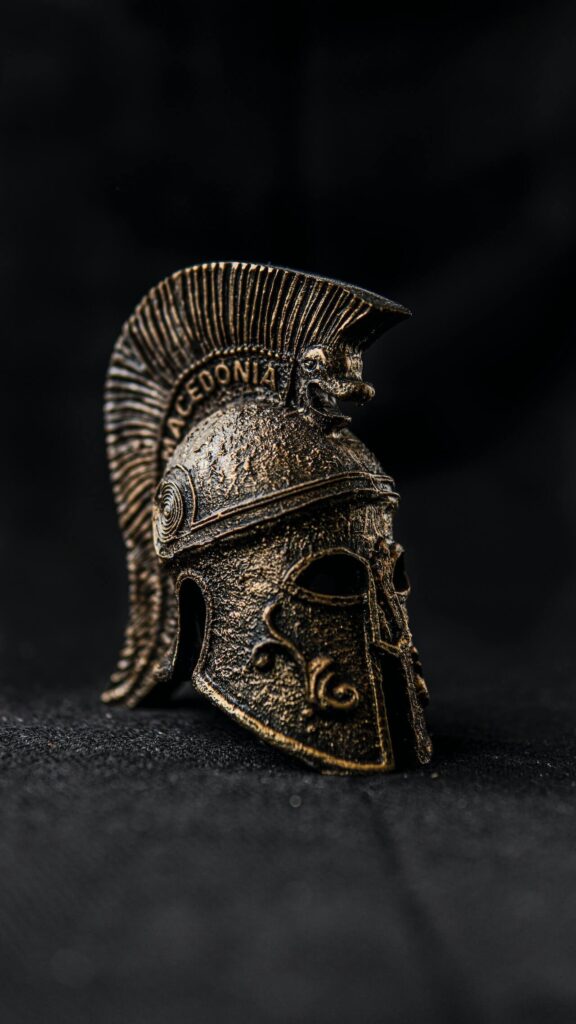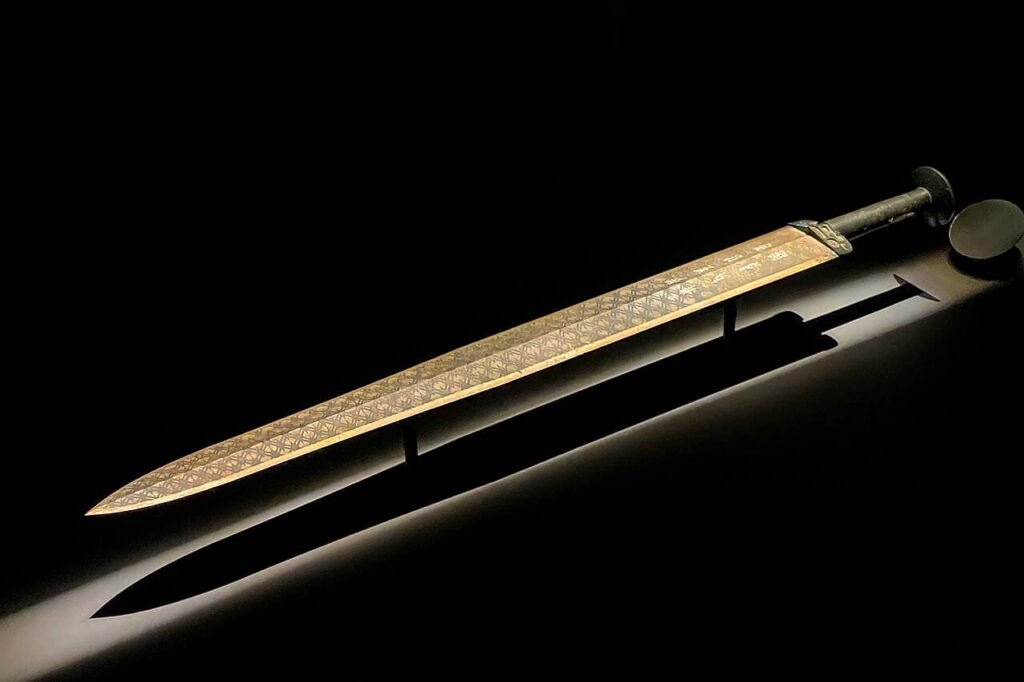After the end of the Stone Age and the spread of metallurgy in Europe, Egypt, and the Near East, a new era began… The Bronze Age!
Between 3,000 BC to 1,900 BC, former villages were quickly rising and became cities, especially in ancient Mesopotamia (in the territory of Iraq and Turkey today).
It was the first time in history that metal was used for making tools and weapons… And the population was growing faster than ever since the implementation of agriculture around 10,000 BC.
There were food surpluses and city-states that emerged in Mesopotamia. Cities like Ur (which according to the Bible was the birthplace of Abraham) had around 50,000 to 100.000 inhabitants in 3,500 B.C. Similarly, a rival Mesopotamian city-state, Uruk had a population of 50,000 people in 3,000 BC.
So, cities were large enough – and they were building their own wealth. However, the creation of wealth unleashed the temptation of looking for resources in other cities, and they quickly noticed that having wealth worth stealing brings responsibility to protect their assets.
As a result, war was now a real risk – and cities raised massive stone walls and test metal weapons.
At first, weapons were made of copper. However, copper was too malleable and not completely useful for war… Until Mesopotamians tested alloying copper with tin, and discovered bronze.
Bronze was stronger than copper and much more durable – and it started a new era of wars. Weapons were now deadlier, and they gave Mesopotamians an immense advantage compared to many other civilizations and tribes that still had stone-age weapons.
Particularly, archaeological evidence suggests that most of these innovations in warfare were made by Akkadians, one of the first civilizations of Mesopotamia and probably, the first city-state to establish an empire around 2,330 BC.
With this new technology for warfare, Mesopotamian armies could start wars to dominate smaller cities. They completely replaced stone and copper with sharpened and durable weapons made of bronze such as daggers, swords, or spearheads.

Bronge age sword. Public domain
Their weapons were less susceptible to breakage and used to last much longer. For instance, the length of the bronze dagger was continuously increased… Until it became the first sword!
Swords were much larger and more effective than daggers – and one of the deadliest weapons created in the Bronze Age.
Swords were the first objects invented purely for killing – and swordsmen were trained to hit vital areas of the body instead of having a long fight because bronze swords used to break when clashing.
They made a difference in Mesopotamian armies like the Akkadian or Assyrian, which used their swords at a close range for slashing and stabbing… And stabbing someone in the guts was lethal!
… But, swords were not the only innovation in warfare. Bronze permitted the improvement of many other deadly weapons such as spears and arrows.
Spears became deadlier too as the spearheads were now sharper than the former stone spearheads. Sharpened bronze was more effective for thrusting, throwing, and slashing on battlefields… And spears got even deadlier when used from chariots!
Hypothetically, chariots were used to make frontal charges on the enemy and destroy infantrymen or just for transporting men quickly to battlefields… And more men were dying like never before! From the chariot platform, men could throw spears and arrows and cause more casualties in the distance.
Based on archeological evidence, the tips of the bronze arrows were much more resistant than the ones made of stone or wood, and they could pierce most of the armors at the time, which were mostly made of hardened leather.
In 1,500 BC, bronze armors appeared. Armors in the Bronze Age were also innovative because it was the first time metals were used to protect vital parts of the body on battlefields.

Photo by tugay aydın
An example of one of the earliest armor is the Mycenaean body armor called Dendra Panoply. This type of armor consisted of 15 to 18 pieces of bronze sheets to cover soldiers from the neck to the knees, offering maximum protection.
And many scientists speculate that Dendra Panoply’s armors were good enough for protecting men against swords, arrows, and spears. But, on the other side, despite being an enormous advantage, they were uncomfortable and susceptible to breakage in battles.
Thus, bronze armor evolved to more sophisticated designs in Greece with the Hoplite armor, which consisted of a helmet, breastplate, and greaves. With a shield in the left forearm and a sword and a six-foot-long thrusting spear in the right hand.
This armor was the best body protection of the entire Bronze Age – and it made Greek hoplites the best fighters in the Mediterranean world.

Photo by Miggy Rivera
So, the evolution of weapons in this period was notable!
Bronze Age fights were no longer about small skirmishes between local tribes as occurred in the Stone Age, they were now professional armies with rather deadly weapons… And these innovations changed the battlefields forever and allowed city-states to protect their resources and increase their influence.
Featured image: Bronze sword. Public domain
Mario Samuel Camacho
Mario Samuel Camacho is a full-time copywriter and content writer. For the past 5 years, Mario has been constantly learning in a quest to better himself and those around him.
He aims to help people fulfill their dreams through his expertise.
